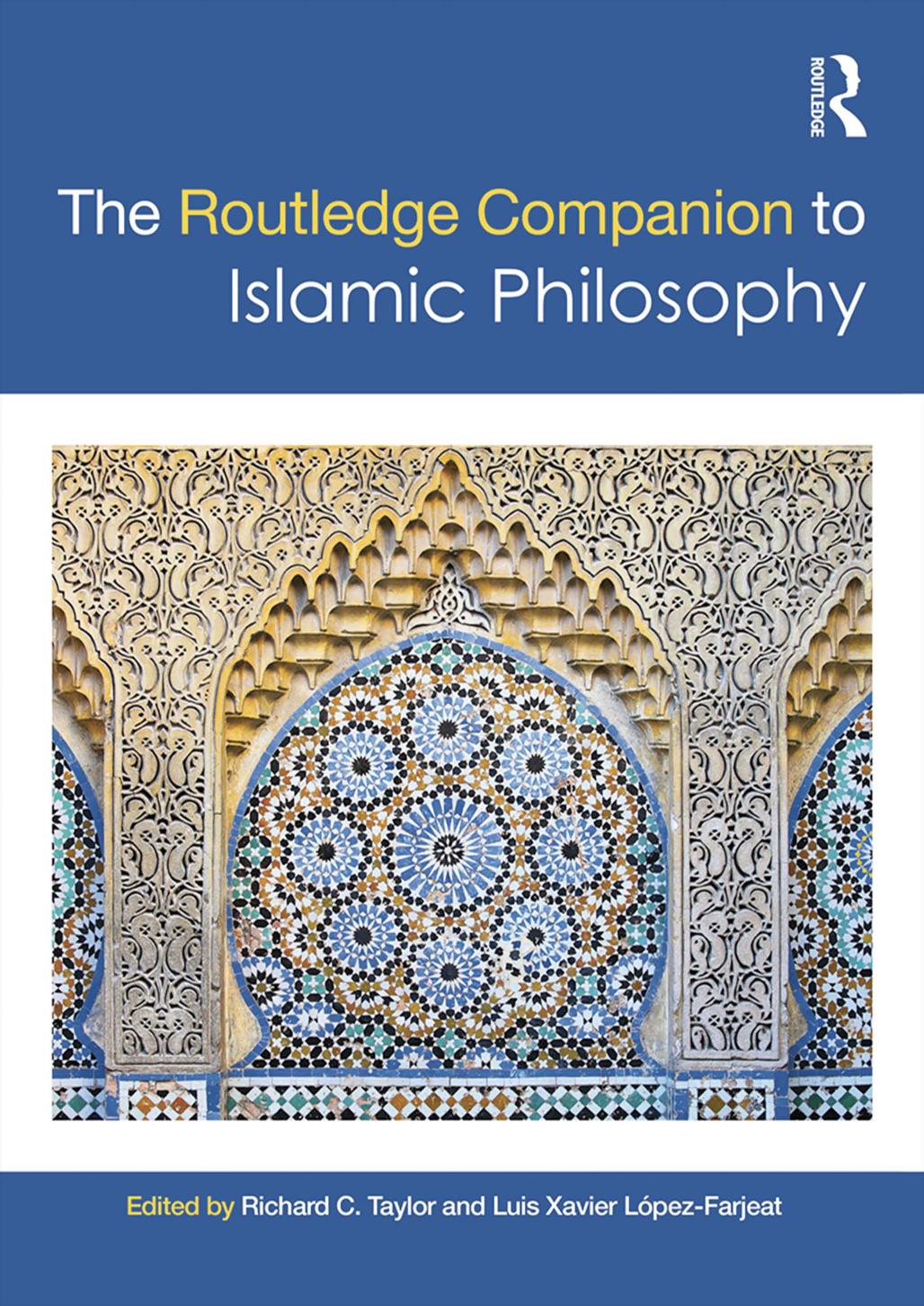The Routledge Companion to Islamic Philosophy by Taylor Richard C. López-Farjeat Luis Xavier

Author:Taylor, Richard C.,López-Farjeat, Luis Xavier
Language: eng
Format: epub, pdf
Publisher: Taylor & Francis Ltd
Metaphysical “Definitions”: “Being” and “Existence”
The reason why Ibn Sīnā reversed directions from Aristotle and espoused a broad sense of “quiddity” can be seen by turning to its twin metaphysical principle, “existence.” Ibn Sīnā uncovers the notion of “existence” (wujūd) by analyzing the universal notion of “the being” (mawjūd) (sometimes translated “the existent”). “The being” is among the terms that “have the highest claim to be conceived in themselves” because, like “thing,” it is “common to all matters” (Avicenna 2005: 23). This concept, as well, Ibn Sīnā divides and offers synonyms.
Dividing “being” into the ten categories, as Aristotle had done, does not produce a proper definition of it, but a more limited division into the categories of action and passion proves helpful (Avicenna 2005: 23). For if we compare two beings related to each other, the one will be active in comparison with the other, like cobbler and shoe, or light and dark. Now what is true between two full beings also should be true when we look within a being; for example, form is active in comparison with prime matter which is passive.
This relation then sets the stage for Ibn Sīnā’s synonyms. “The meaning of ‘existence’ (wujūd) and the meaning of ‘the thing’ (shayʾ) are conceived in the soul and are two meanings,” he notes, “but ‘the being’ and ‘the established’ (al-muthbat) and ‘the realized’ (al-muhaṣṣal) are synonyms” (Avicenna 2005: 24). What is “established” or “realized” is actual or active in comparison with what is not realized. The term “being,” then, conveys a note of actuality, an actuality coming from the principle Ibn Sīnā has just called “existence.” Existence, then, is actual in comparison with “quiddity.” In what does this actuality or realization consist? Aristotle had said that form is actual in comparison with matter, making something to be “what” it is. Ibn Sīnā has now added a second kind of actuality or realization, contributed by “existence” in relation to “quiddity.” This must be the actuality of existence or being, in comparison with which the quiddity of the thing is passive or potential.
While Ibn Sīnā by no means abandons the actuality of “form” in relation to matter in the quidditative order, here he is pointing out that within the individual “thing” or “being” there is a second kind of actuality, one in the existential order, that is even more fundamental than form. If Aristotle had said that “form” is the basis for answering the question “what is it?” Ibn Sīnā has seen that “existence” is the basis for answering the prior question, “is it?”
Ibn Sīnā then summarizes his results: “The concept of ‘existence’ and the concept of ‘thing’ are conceived by the soul and are two concepts.” But a distinction among concepts does not necessarily imply distinct realities. So he adds: “It is evident that each thing has a truth proper to it, namely, its quiddity. And it is known that the truth proper to each thing is something other than the existence that corresponds to what is affirmed” (Avicenna 2005: 24).
Download
The Routledge Companion to Islamic Philosophy by Taylor Richard C. López-Farjeat Luis Xavier.pdf
This site does not store any files on its server. We only index and link to content provided by other sites. Please contact the content providers to delete copyright contents if any and email us, we'll remove relevant links or contents immediately.
| Anthropology | Archaeology |
| Philosophy | Politics & Government |
| Social Sciences | Sociology |
| Women's Studies |
The remains of the day by Kazuo Ishiguro(8419)
Tools of Titans by Timothy Ferriss(7833)
Giovanni's Room by James Baldwin(6830)
The Black Swan by Nassim Nicholas Taleb(6786)
Inner Engineering: A Yogi's Guide to Joy by Sadhguru(6455)
The Way of Zen by Alan W. Watts(6294)
Asking the Right Questions: A Guide to Critical Thinking by M. Neil Browne & Stuart M. Keeley(5369)
The Power of Now: A Guide to Spiritual Enlightenment by Eckhart Tolle(5354)
The Six Wives Of Henry VIII (WOMEN IN HISTORY) by Fraser Antonia(5245)
Astrophysics for People in a Hurry by Neil DeGrasse Tyson(5007)
12 Rules for Life by Jordan B. Peterson(4168)
Housekeeping by Marilynne Robinson(4075)
The Ethical Slut by Janet W. Hardy(4045)
Skin in the Game by Nassim Nicholas Taleb(3982)
Double Down (Diary of a Wimpy Kid Book 11) by Jeff Kinney(3941)
Ikigai by Héctor García & Francesc Miralles(3907)
The Art of Happiness by The Dalai Lama(3854)
Skin in the Game: Hidden Asymmetries in Daily Life by Nassim Nicholas Taleb(3739)
Walking by Henry David Thoreau(3696)
